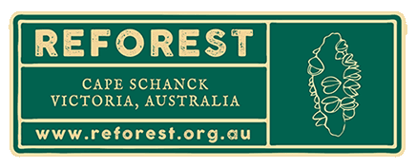Acacia Paradoxa - Hedge Wattle
Acacia Paradoxa - Hedge Wattle
Habit and Habitat:
Acacia Paradoxa, commonly known as Hedge Wattle, is a hardy and adaptable Australian native plant. It thrives in a variety of environments, including woodlands, heathlands, and coastal regions, making it an excellent choice for diverse garden settings.
Place in Local Habitat and Ecosystem Distribution:
Hedge Wattle plays a vital role in various Australian habitats, including woodlands, heathlands, and coastal areas. Its widespread distribution ensures its ability to adapt and flourish in different ecosystem conditions.
Planting Companions:
In your home garden, consider planting Hedge Wattle alongside other native species like Poa, Banksia, and Callistemon varieties. These companion plants create a visually appealing and ecologically harmonious landscape.
Human and Wildlife Uses:
While Hedge Wattle has limited direct human uses, it serves as an excellent ornamental plant. Its bright yellow flowers add vibrant color to gardens, attracting pollinators like bees and butterflies. Additionally, the plant's seeds are a valuable food source for native bird species, and the thorny habit of the hedge wattle allows many small birds to nest and find refuge in one single shrub.
Care Instructions:
To cultivate Hedge Wattle successfully in your home garden, choose a sunny or partially shaded location with well-draining soil. Regular pruning will help maintain its shape and encourage lush foliage growth.
Size, Height, Width, Flower, and Leaf Characteristics:
Hedge Wattle typically grows to a height of 1 to 2 meters with a similar spread. Its bright yellow, ball-shaped flowers create a striking contrast against its feathery, blue-green foliage.
Latin Etymology:
The genus name "Acacia" is derived from the Greek word "akis," meaning a point or barb, referring to the thorns on some Acacia species. The species name "Paradoxa" alludes to the plant's somewhat paradoxical nature, being both thorny and ornamental.

